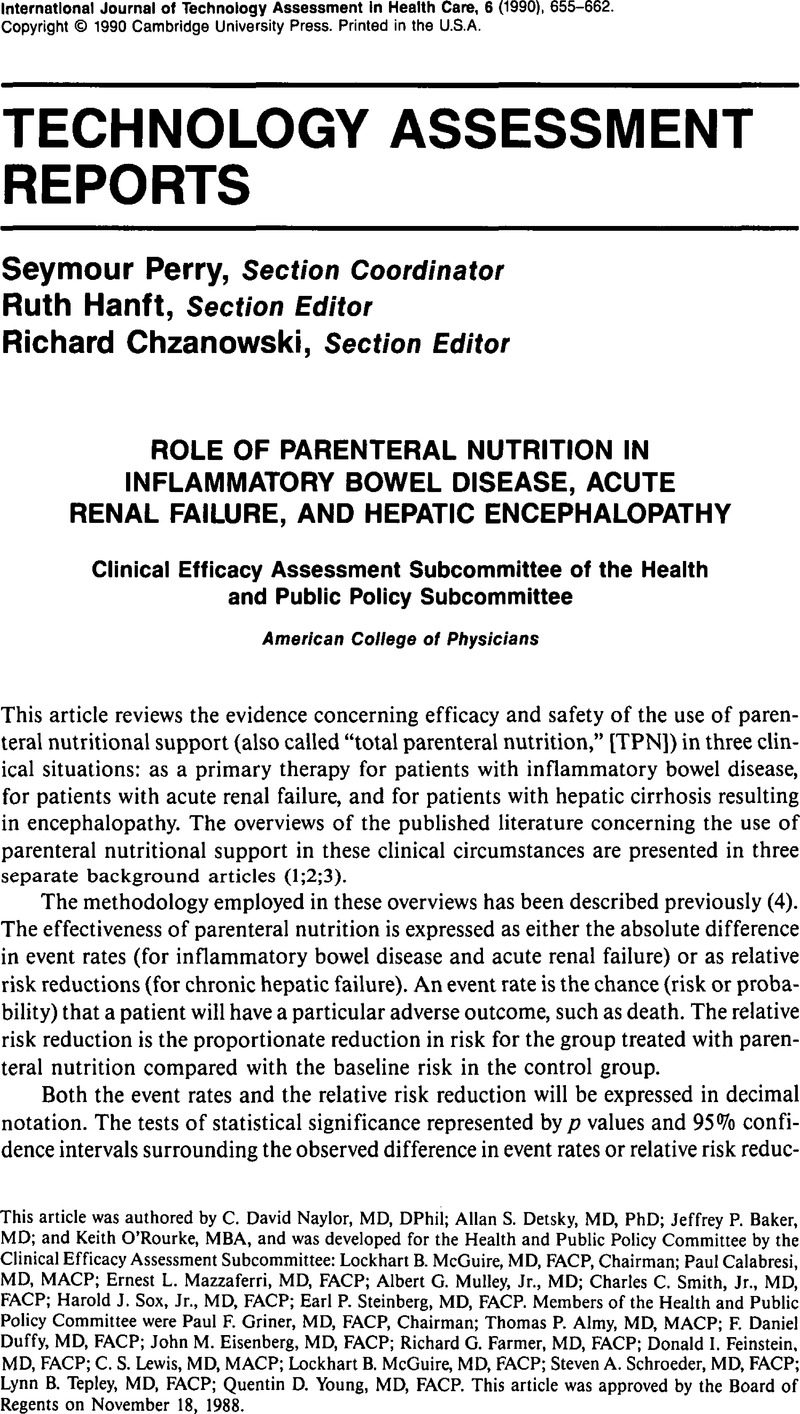Crossref Citations
This article has been cited by the following publications. This list is generated based on data provided by Crossref.
Detsky, Allan S.
1991.
Parenteral Nutrition — Is It Helpful?.
New England Journal of Medicine,
Vol. 325,
Issue. 8,
p.
573.
1995.
Effect of the Dialysis Membrane in Acute Renal Failure.
New England Journal of Medicine,
Vol. 332,
Issue. 14,
p.
961.
Mizock, Barry A
1999.
Nutritional support in hepatic encephalopathy.
Nutrition,
Vol. 15,
Issue. 3,
p.
220.



